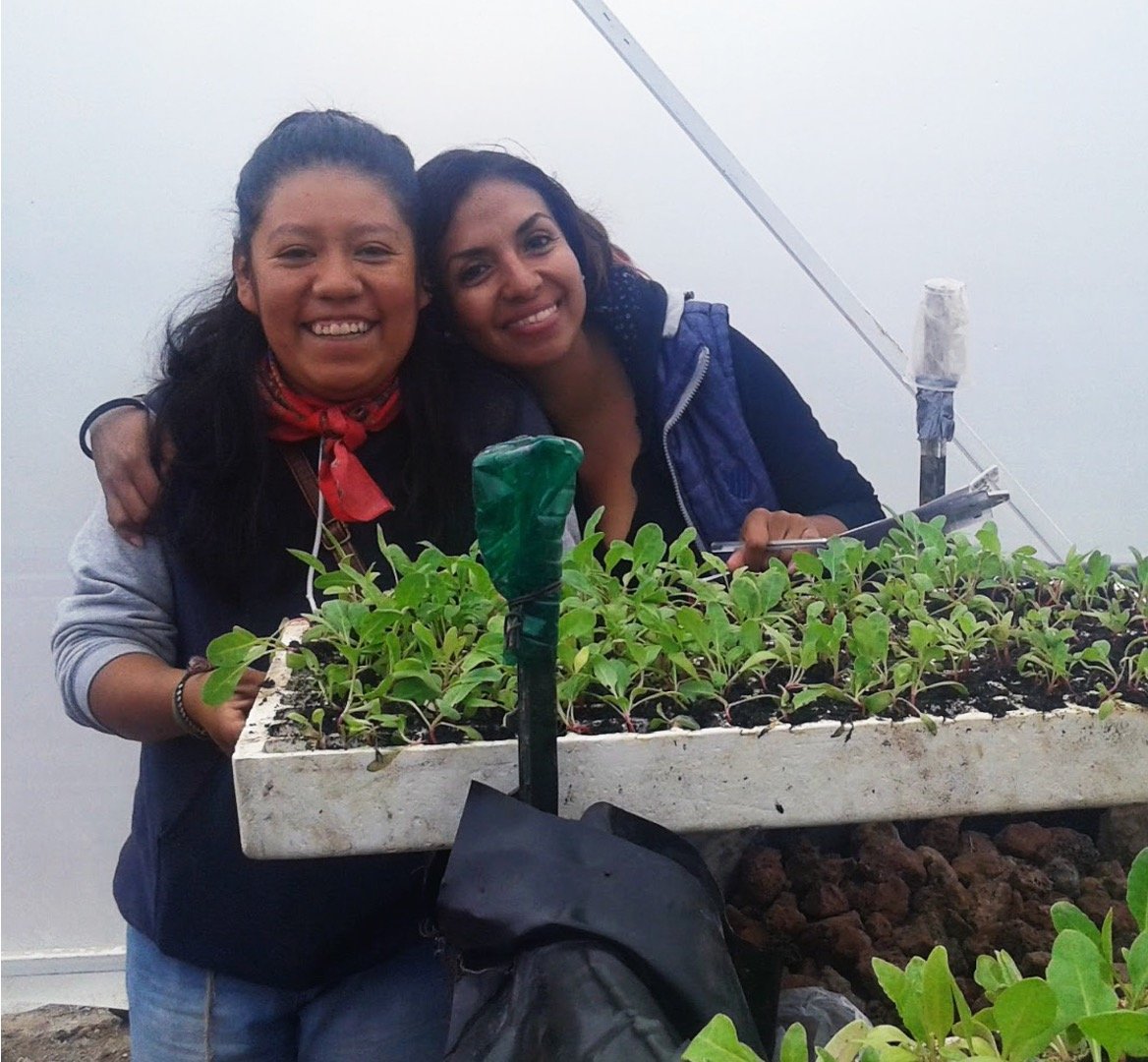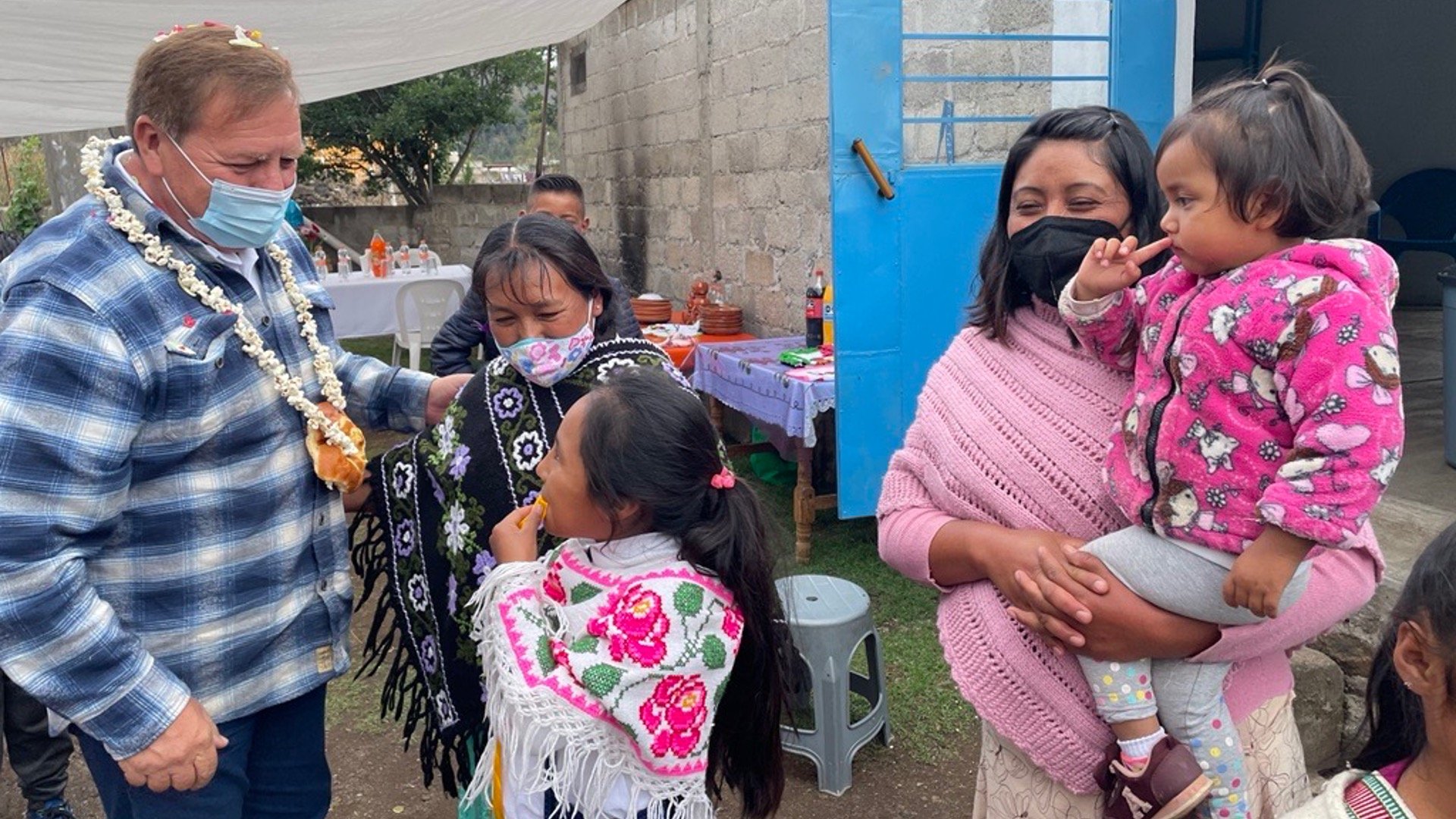Aquaponics as a Technology Solution
As the director of CHOICE Humanitarian in Mexico, I have worked for CHOICE for over 20 years. Together with my local team, we work among a very poor population in the heart of the country.
This region is very arid and receives very little rain. The lack of water is the biggest factor that influences the development of the area, impacting food production, job opportunities, and health. For years my team and I have worked with communities to find creative solutions to the challenges with water in order to improve the quality of life for people in this region, including water systems, cisterns to collect and store water, and bathrooms that require no water.
Poor health and malnutrition are a direct result of the challenges to food production in this area. Because of the physical geography, traditional farming methods are difficult, and there is little access to good protein and fresh vegetables. Families are not able to get what they need to eat, and children are the ones who suffer the most from malnutrition. Often, the food that is available is unhealthy and not fresh, which makes the problem even worse.
Over the last several years, the CHOICE team in Mexico has collaborated with some creative members of the CHOICE community in the US to design and implement an innovative technology solution: a self-contained “aquaponics” farm system. What started as a hobby of Lance Bullen, who sits on the CHOICE Board of Directors, quickly found a practical application to the challenges that communities face in our part of Mexico.

Aquaponics is a self-cleaning interconnective system that cycles water in order to raise tilapia fish, and fresh produce, like lettuce, tomatoes, onions, and peppers, where the waste from the fish helps feed the plants, and the plants clean the water for the fish to use. The systems are extremely efficient with their water use, making them even more useful in this region.
The aquaponics systems have been very successful in helping not only meet the major food needs in these areas, but also providing economic opportunities to sell excess produce at market. And, almost all of the systems are run by women.

CHOICE Humanitarian is a learning organization, and over the years we have continued to learn and innovate in order to produce better results. For example, by seeding slightly larger fish, farmers are able to sell their fish sooner and move forward in an upward cycle more quickly. They can even sell lettuce as soon as one month after installing the system. Simple and appropriate technologies like these accelerate economic development and are making a big difference in the fight against hunger and malnutrition.
My "Why" for Doing this Work
Why do I do this?
A few years ago when I finished my Master’s degree in Development, the professor asked us “What is your mission in life?” We had studied for 2 years and the majority didn’t know how to answer that. In that moment, I said “my mission in life is to help people in order to help others.”
That has guided my work from the beginning as I have done my best to help others become better leaders and develop their knowledge, talents, and skills to help others as well.

I have so much satisfaction from the many people I have worked with over the years. Using methods that are efficient, economical, affordable, and broadly applied, we have been able to replicate major impacts in the fight against poverty, and build a strong community of problem solvers.
Each of you here is a part of this community, and I invite you to find out what part you can play to make a difference around the world.